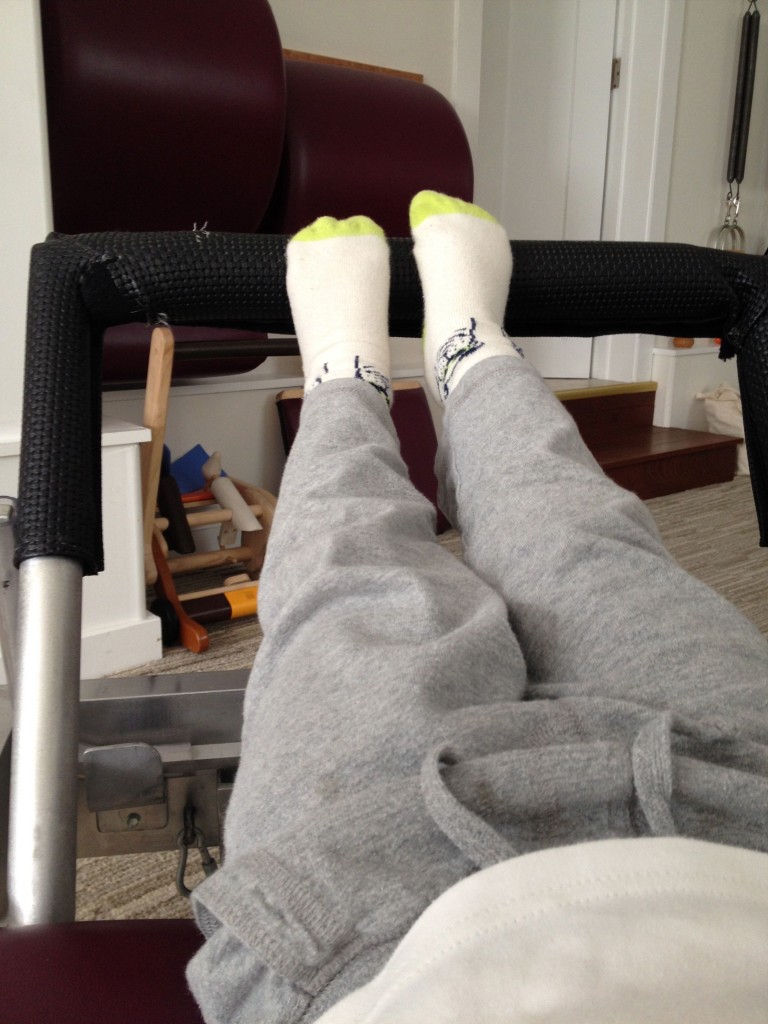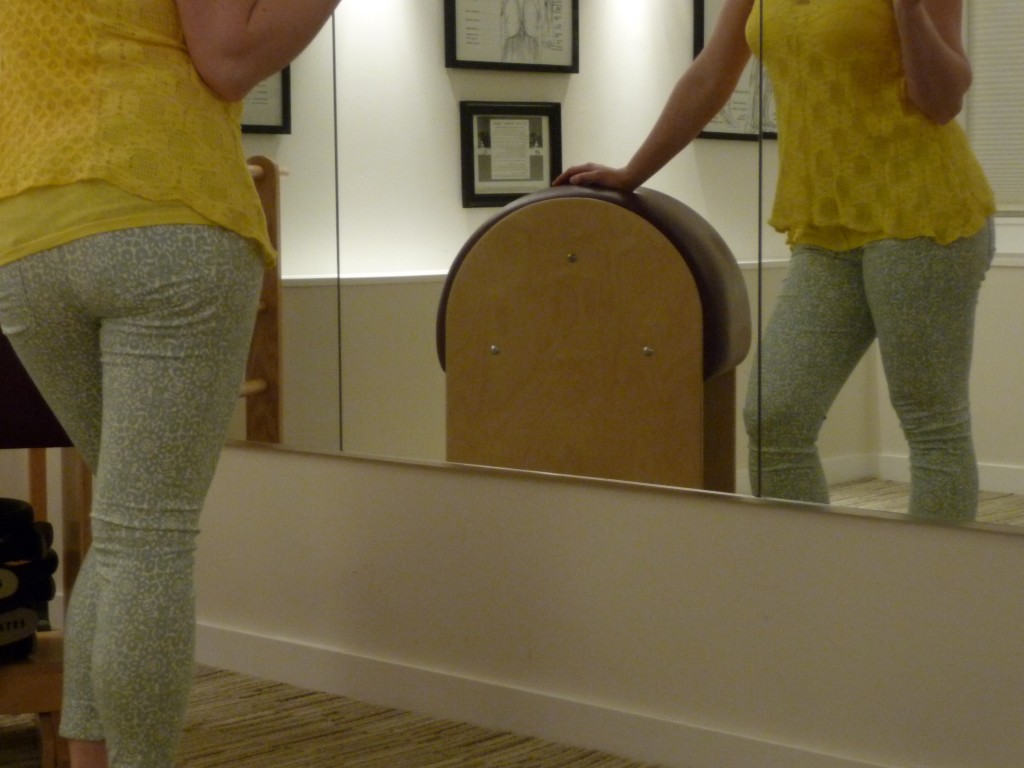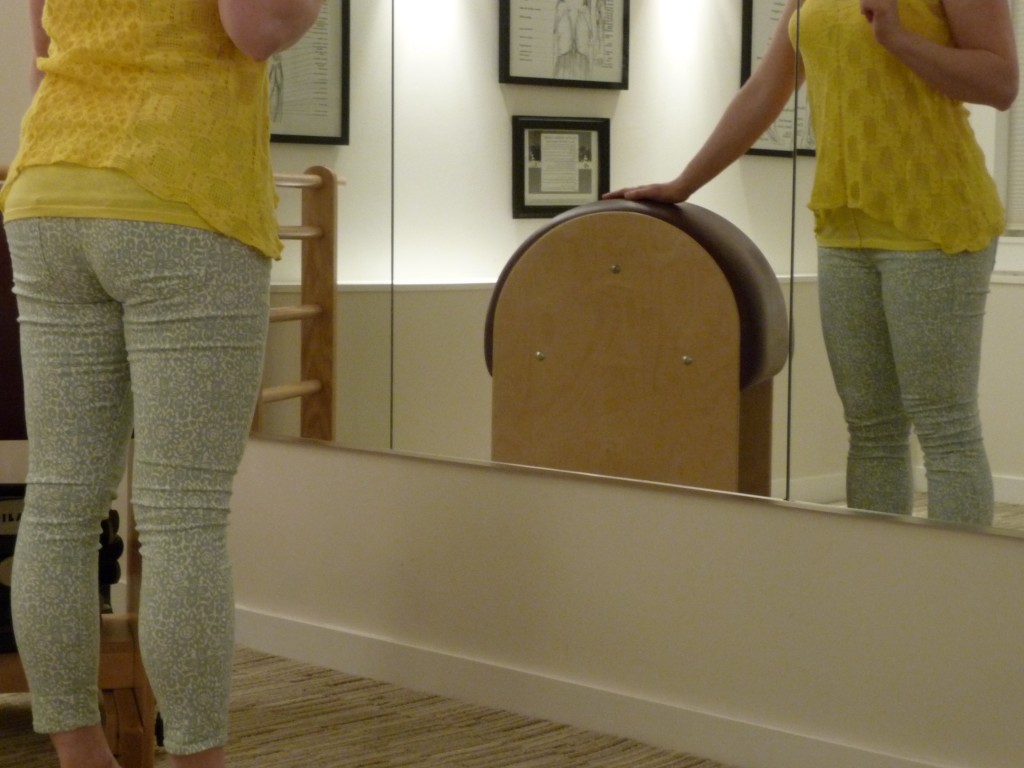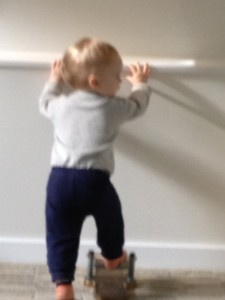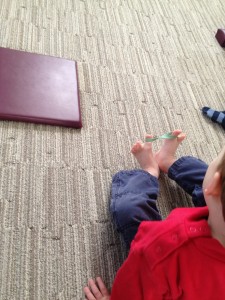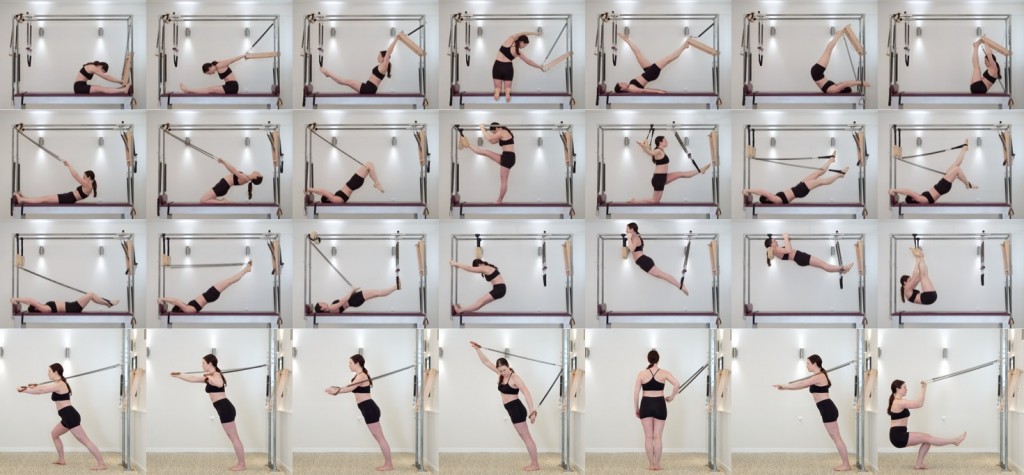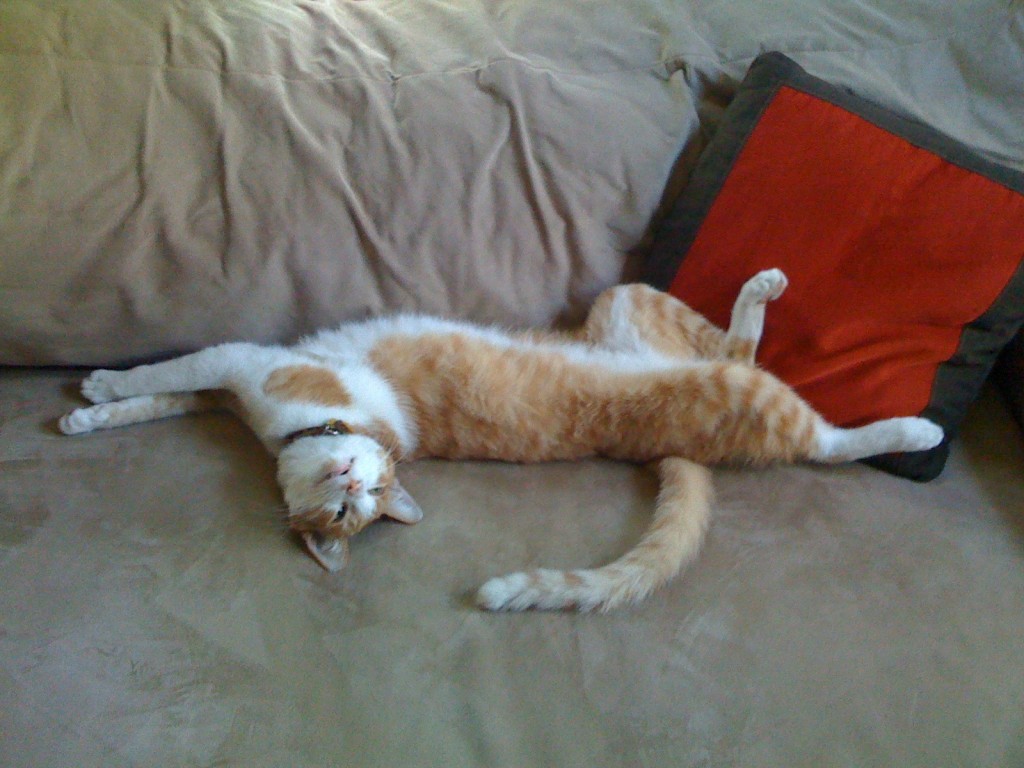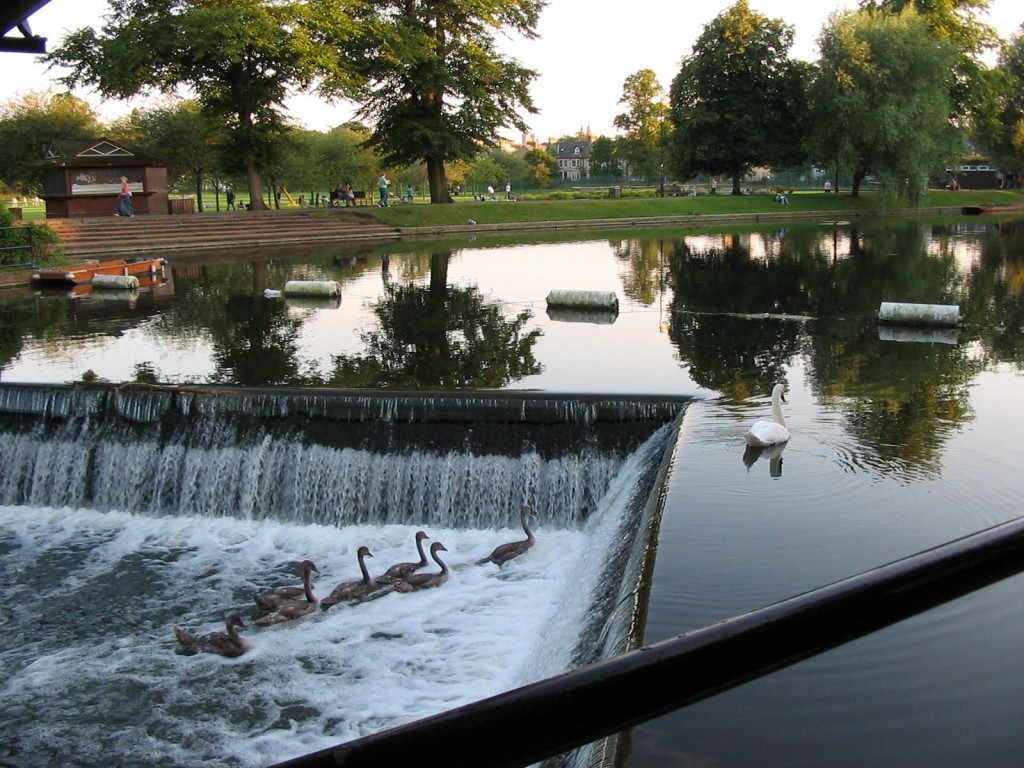
Reminds me of the right and wrong stalement: nobody gets anywhere but everybody works really hard.
Out beyond ideas of wrongdoing and rightdoing, there is a field. I will meet you there.
-Jalal al-Din Muhammad Rumi
My mind has been swimming lately as it is prone to do. And I haven’t had time to write in weeks which always exacerbates the problem. But today a few things clicked into place during my workout and I felt some sense of relief. So here I am sharing.
In Pilates as in life, so often I come face to face with the notion of right and wrong. And it always exhausts me. I’ve been turning the two ideas around in my head for years and I feel that I might be coming close to arriving at a place of comfort for myself, a place that is very much like the field I imagine in the quote above. Here’s how I get there, I think to myself that everybody and everything is right (or to borrow from Byron Katie, everybody and everything is real). Real is right, right is real. There.
In a society full of lawyers and their suits, this may be a hard idea to digest. Perhaps with a suspension of disbelief I can get you, gentle reader, to understand what I mean…
In order to be okay with the idea that I’m suggesting, one has to be comfortable with the relativity of all things, with the weight that context, perception, and value put on our experiences. From that point, it’s not such a far leap to see the rightness in each and every thing.
In the world of Pilates, as I can only assume with other enclaves of human culture, we have serious struggles going on in the name of right and wrong. (And boy is it taxing. Honestly, for that reason alone I wish that the players engaging in the debates would dial it back a bit.) But then I must remind myself that they are right, we are all right.
I have completed two certifications and in so doing have been involved in various Pilates communities over the years. I started with what I call a derivative program because the main content was far beyond the original work – so far that when I compared what I understood, and was doing in practice with what I read in Joe Pilates books I didn’t really see much in common. That left me with a sense of incompleteness so I pressed on and I worked with Romana and completed the Romana’s Pilates program. The cool thing is that now that I finally feel I have a thorough and clear understanding of Pilates, it’s much easier for me to understand what I learned first because I know where it came from.
I’ve come to see Pilates as a gateway to our bodies. It serves as a gateway because of its completeness and because it is a system based in movement – Pilates creates room for us to explore our physicality. There are so many opportunities to go off the beaten path with Pilates, to explore the many many layers of intricacy and complexity that make us up. Many have taken those opportunities and developed new methodologies. Some end up more interested in hands on bodywork, some end up interested in one aspect of the Pilates system, or how it applies to another activity. A purist may indeed scoff at the idea such derivations and yet, it’s happened, and it continues to happen. As far as I’m concerned, if it happens, it must be right. I’m not interested in calling other people and their work wrong or monitoring it so closely as to grant myself some degree of authority to judge it. But even more importantly, I’m interested in respecting my fellow humans.
Right and wrong create a rigidity of self that penetrates every layer. A rigid body houses a rigid mind and inhibits expansion of knowledge and understanding. So does focusing on one aspect of Pilates for an extended period of time. Romana was often encouraging us to keep change constant in our personal and teaching practices.
Beyond a varied and dynamic Pilates practice, we have a wealth of other methodologies to explore. Pilates is amazing in and of itself and I love my personal and professional practices. But they are greatly enhanced by my explorations beyond the Pilates system. It’s easy for me to suspend disbelief when learning something that doesn’t initially seem to sync up with what I know from Pilates because I know it will get me to some new level of understanding and experience. Usually, once I figure out the new material, I can see it shining through in Pilates because Pilates is that complete of a method. Perhaps for that reason, I’ve made a habit of being receptive and not calling other kinds of work wrong. So far it’s working for me, I promise to report back here if I turn out to be wrong. But I’m pretty sure that’s not going to happen….
